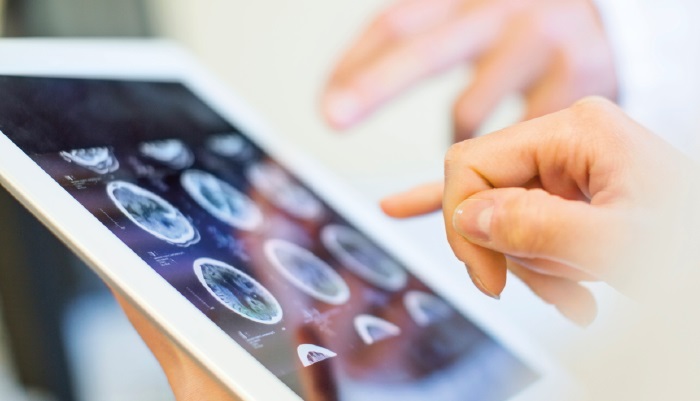Increasingly, healthcare providers and consumers rely on the Internet of Things to ensure critical health data gets collected faster, more efficiently, and in more useful ways. This growing branch of IoT—IoMT, the Internet of Medical Things—digitizes data that was previously collected manually, and enables hospitals, doctors, administrators, and even consumers to remotely monitor that data in real-time.
Health-related data informs personal and professional healthcare decisions and can even trigger emergency services. In many cases, receiving healthcare data in a timely manner is a matter of life and death.
With the help of IoT devices, e.g. neonatal infant care units can actively monitor premature babies’ temperatures, heart rates, breaths per minute, oxygen levels, and other vital information. All that, without disturbing their patients or physically checking each monitor.
Healthcare administrators can also use IoT asset-tracking devices to ensure nurses and other professionals can quickly find the medical equipment they need.
Nursing homes and long-term care facilities may use IoT bracelets, necklaces, and other wearables for fall detection, so caretakers can respond faster and residents can get help regardless of the time of day or their location.
Healthcare IoT goes beyond hospitals and healthcare facilities as well. Consumers use wearable IoT devices to monitor their heart rate, physical activity, and glucose levels throughout the day. Pools may use IoT devices for things like drowning detection, using sensors to monitor when someone has been underwater for too long and alert staff if someone may be in danger.
For IoT manufacturers, the healthcare industry is ripe with opportunities for further digitization and optimization. But the stakes are also incredibly high, and many of the typical IoT security and IoT connectivity challenges become more critical when dealing with personal health data and life-or-death situations.
In this article, Knud Kegel, VP Product, EMnify, will look at the key factors you need to consider when developing healthcare-related IoT applications, and the five most common connectivity solutions for IoMT devices.


















